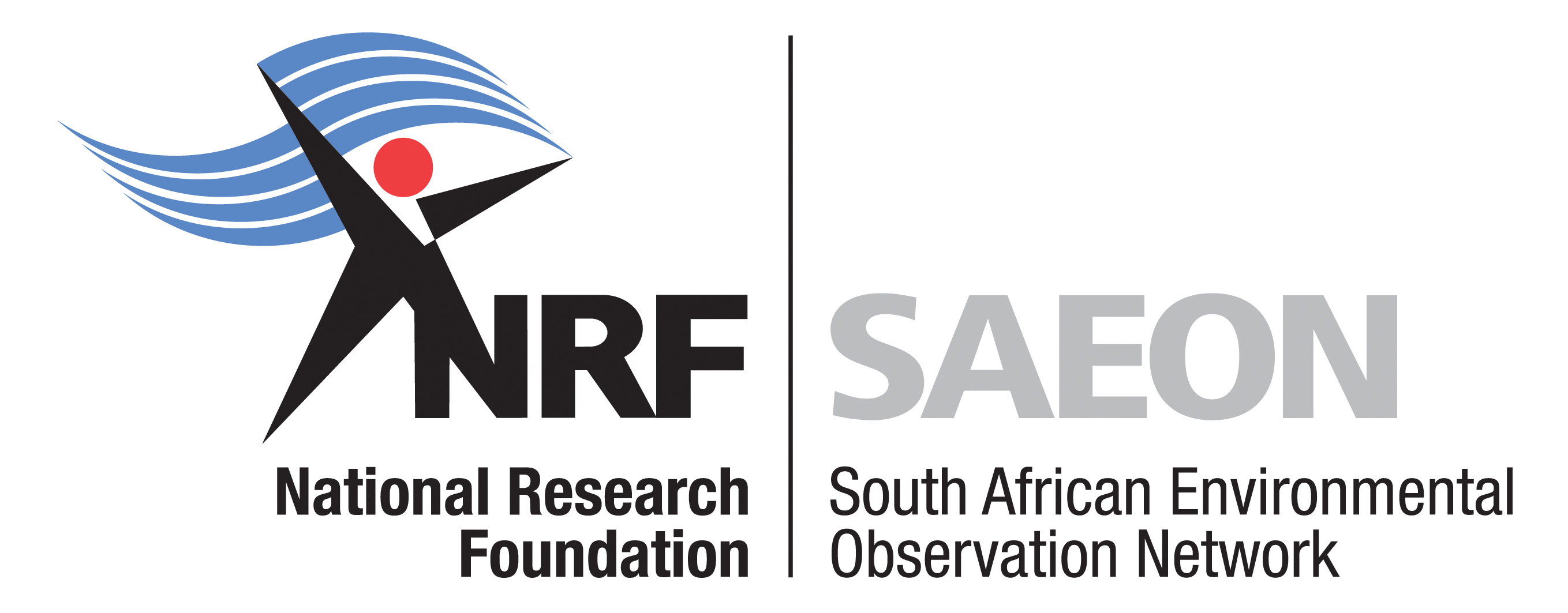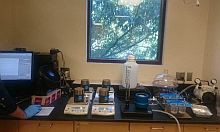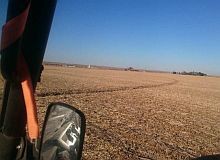by Thigesh Vather, PDP* PhD student, SAEON Grasslands-Forests-Wetlands Node
A professional development programme (PDP) grant funded by the National Research Foundation (NRF) is enabling me to undertake my PhD in Hydrology through the University of KwaZulu-Natal.
I am currently based at SAEON’s Grasslands-Forest-Wetlands Node in Pietermaritzburg.
With a soil science-hydrology background, I recently completed a Masters in Hydrology using the SAEON Cathedral Peak Research platform. It was here where I was introduced to cosmic-ray technology by Professor Colin Everson, who co-supervised my Masters research – assessing the suitability of the cosmic-ray probe in providing spatial estimates of soil moisture and using these estimates to validate satellite-based soil moisture products.
The focus of my PhD is the use of cosmic-ray technology for hydrological applications. I will be looking at the use of the cosmic-ray probe (static) and the cosmic-ray rover (mobile) for a variety of hydrological applications.
Novel and innovative technology
Cosmic-ray technology is a new and innovative technique of estimating area-average soil moisture by measuring the neutron intensity above the land surface. The use of cosmic-ray technology for assessing soil moisture in South Africa is novel, with only five static instruments and one rover in the country.
SAEON is fortunate in that their hydro-meteorologist, Professor Colin Everson, is leading the collaborations associated with these instruments, several of which are deployed on current SAEON research infrastructure arrays. This technology can be used for a number of important applications linked to water resources management, including flood and drought forecasting.
However, local expertise in the use of these systems needs to be developed.
International COSMOS workshop
Since starting my PhD in June 2016, I have been fortunate to attend the fifth International COSMOS workshop. The event, which was hosted in August in Copenhagen, Denmark, was attended by participants from a variety of countries and backgrounds.
The workshop was a greatly beneficial experience, as it allowed me to see how the cosmic ray technology has been applied in numerous networks around the globe, as well as meeting and interacting with the pioneers of this innovative technology.
Attending this conference early in my PhD has been of phenomenal benefit in assisting me to conceptualise cutting-edge ideas within this research.
Learning new international techniques and technology
More recently, I had the opportunity of visiting Nebraska and spending a month at the University of Nebraska-Lincoln (UNL), where I was mentored by Dr Trenton Franz, Assistant Professor of Hydrogeophysics. The purpose of my visit was to learn how best to carry out cosmic-ray rover field surveys and how to calibrate the cosmic-ray rover. The trip also allowed me to visit Dr Franz’s lab at the University of Nebraska-Lincoln, where I was introduced to new techniques and technology related to my field of study.
The trip was wonderfully organised and I would like to thank the Office of Global Engagement at the UNL Institute of Agriculture and Natural Resources for providing me with an apartment for the duration of my visit. The UNL provided me with my own office opposite that of Dr Trenton Franz, which allowed me to learn from Dr Franz, as well as go over things on my own.
The trip was greatly beneficial. I had the opportunity to interact with Dr Franz’s research team and attended meetings and guest talks at the UNL and the Water for Food Innovation Centre. Dr Franz also guided me in my doctoral research topics.
I was fortunate enough to get first-hand experience with their all-terrain vehicle (ATV) rover. I conducted a field survey in the town of Ogallala, which is a four-hour drive west of Lincoln, where I was able to drive their rover through sandhills and farmland.
In my free time, I explored the city of Lincoln and was pleasantly surprised at how friendly everyone was. The Nebraskans have a motto “Nebraska Nice” and they pride themselves on their love and kindness for total strangers. I was also able to make use of the variety of on-campus facilities, from the gyms and the student halls to the numerous sporting fields. Dr Franz introduced me to Frisbee golf, which he and his research team play every Friday.
Sharing the knowledge gained
Before I knew it, the month had passed and the daunting task of going abroad to learn an innovative technique had been completed. My next challenge is to share and impart some of the knowledge I have gained with the SAEON technical team at our next training workshop. The workshop is being made possible with funding through the NRF’s “Equipment-related travel and training grant”, which SAEON’s Grasslands-Forests-Wetlands Node has successfully applied for.
I would like to thank Professor Colin Everson for investing his time and effort in bringing the cosmic-ray technology to South Africa, and for giving me these wonderful opportunities, which have been greatly beneficial not only to my development as a researcher, but to my personal growth.
I would like to thank Dr Trenton Franz for being an amazing host and a very patient and knowledgeable mentor. It is also wonderful to be hosted by SAEON’s Grasslands-Forests-Wetlands Node, working as part of a bigger team focusing on integrating various aspects of ecosystem function and responses to global change.
* The Professional Development Programme of the Department of Science and Technology and the National Research Foundation aims to accelerate the development of scientists and research professionals in key research areas.





